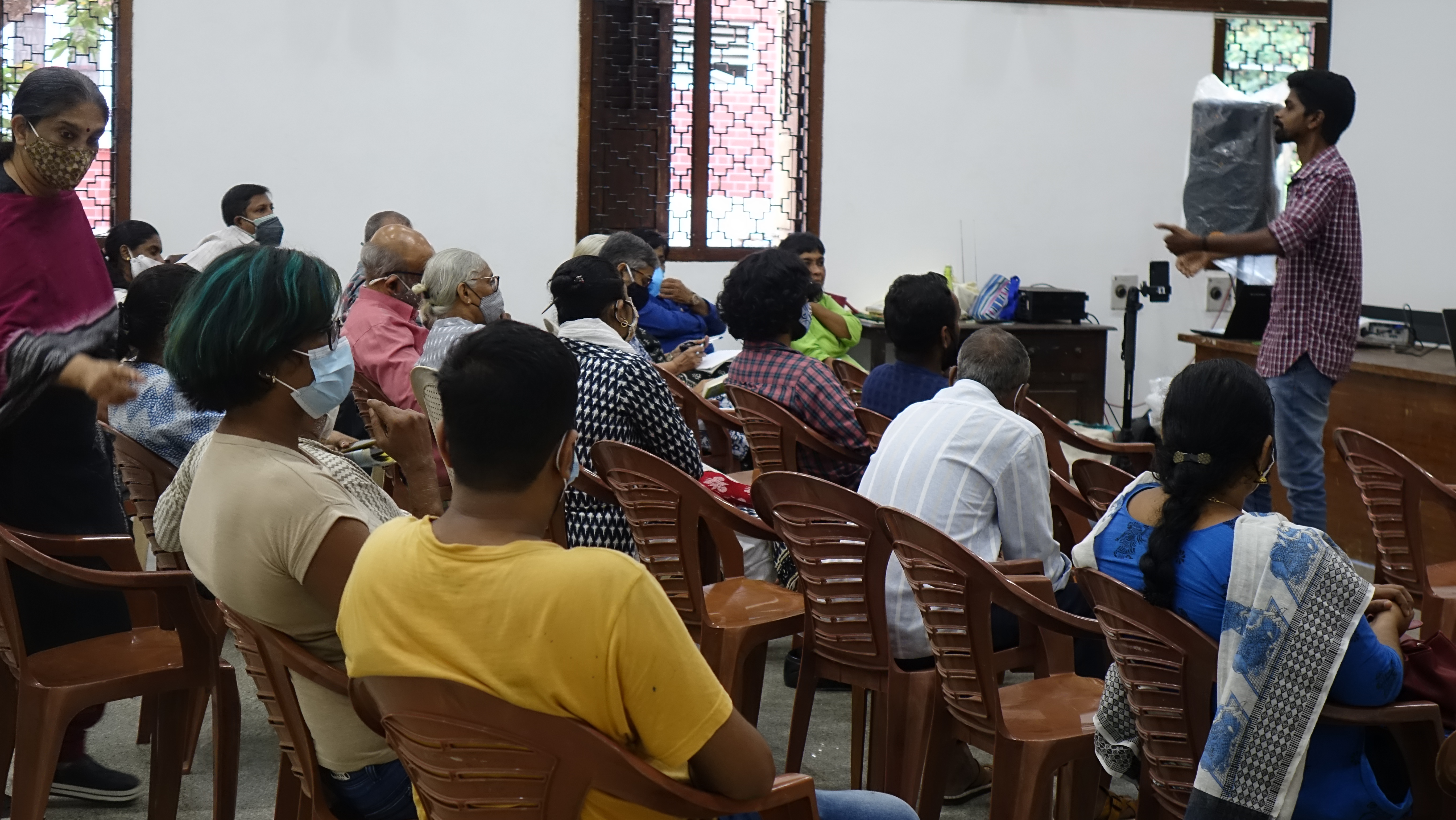
Cancer as a metabolic disorder
Dr. Otto Warberg first proposed the theory that a cancer cell primarily uses glycolysis that happens within the cell to produce energy, whereas a normal cell depends on the mitochondria. Mitochondria are the thousands of energy producing organelle inside the cells, the energy hubs of multicellular organisms. Oxygen is essential to, and can be used only by reasonably healthy mitochondria.
Cancer, so to speak, is a symptom of a damaged mitochondria, where the oxygen dependent energy production is affected. This can happen when oxygen availability is impaired, or when the enzymes or coenzymes participating are affected, or when the energy conversion stream is affected. There can be a domino effect of dysfunctions when even one area is affected. This information allows the doctor to have a choice. Fix all the inadequacies by giving the appropriate medicines or bypass this process altogether and switch on an alternative energy source. Let us think about this bypass mechanism. In Ayurveda, this process is called Sneha Pana.
As the cancer cells depend primarily on glucose for energy, as we control glucose access, we can reduce nourishment to the cancer cells. In very low blood glucose milieu, cancer cells cannot thrive, and so the cancer cells look for an alternate energy source. That source is glutamate, an amino acid. Both glucose and glutamate fuel cancer growth. If we can reduce the availability of glucose and glutamate, we can, to a large extent, help remove cancer cells from the body.
What is the alternate source of energy for a person, when we styme regular food? A person needs to eat and have energy. The answer is Ketone bodies. The next question is how we can generate ketone bodies. The answer is either a short water fasting followed by a zero carb diet with abundant fat, limited proteins and adequate vitamins and micronutrients. Human cells can produce all the needed glucose by converting fat, so that vital functions do not suffer. When we establish a relative abundance of ketone bodies relative to glucose, the cells switch from using glucose to ketones as fuels.
The glucose value and ketone bodies can be measured. Even simple dipstick tests can determine those values and eventually their ratio. When glucose to ketone ratio is around 2:1, the body is officially in therapeutic ketosis. When the ratio is lower around 1:1, then the body is in a cancer killing mode.
Another advantage of this process is that when the body is in ketosis, the angiogenesis or the new blood vessel formation that feeds the tumor also reduces dramatically, further shrinking the tumor because the tumor cannot get adequate nutrition. Tumor being a new growth requires an inordinate source of energy and raw materials.
We can use this information to support almost any type of cancer treatment regardless of where and how a cancer originated. For those who refrain from mainstream therapies, this could even be a prime line of approach.

